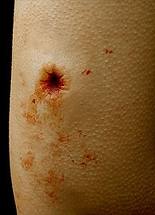Week 2 Quiz EKG Surg Set Up
- ACLS
- BLS
- CPR
2.
You may optionally provide this to label your report, leaderboard, or certificate.
×
Thank you for your feedback!
















